In recent years, the popularity of hydroponic gardening has been on the rise. This innovative and sustainable method of growing plants without soil is gaining traction among home gardeners as an efficient and eco-friendly way to cultivate a wide variety of crops.
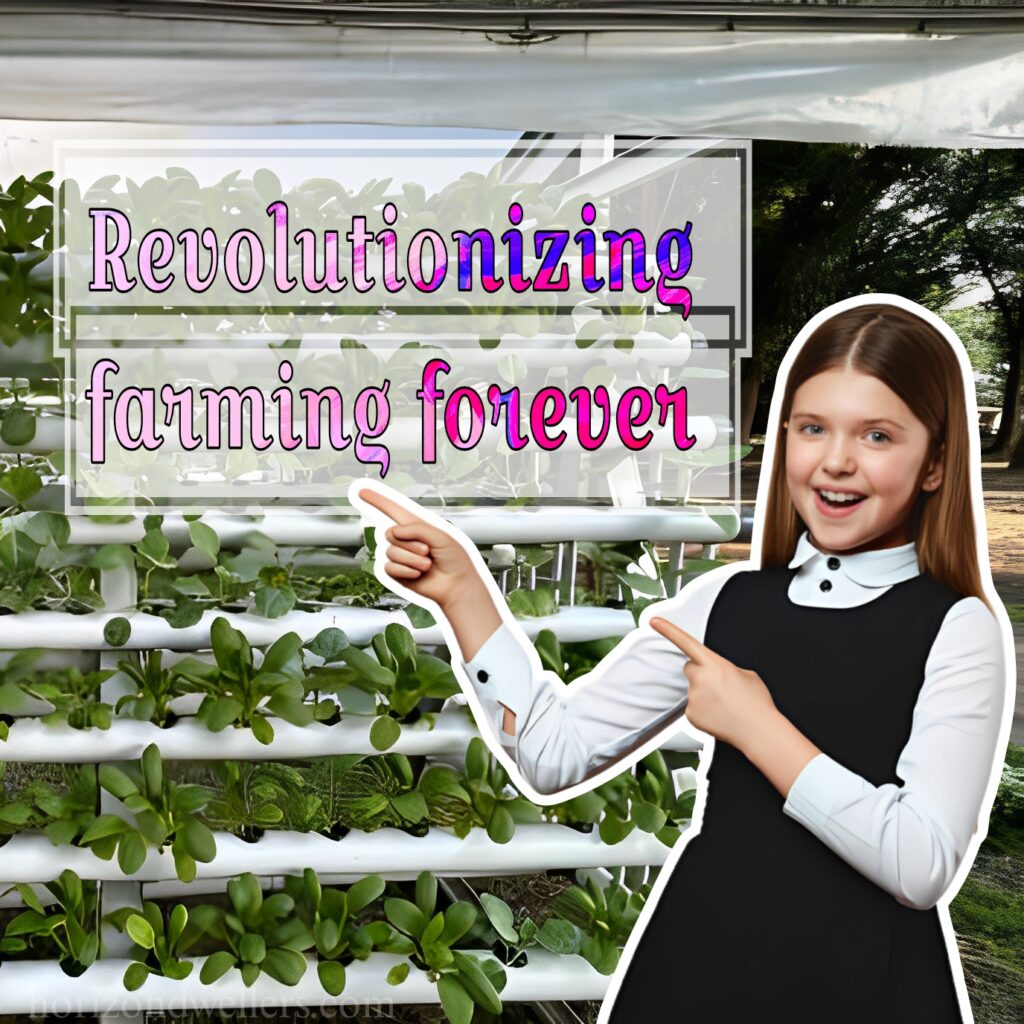
A hydroponic system at home allows individuals to grow plants in a controlled environment, using water, nutrients, and a growing medium such as perlite, clay pellets, or coconut coir. By eliminating the need for soil, hydroponic gardening offers numerous benefits, including faster growth rates, higher yields, and the ability to grow plants in any location, regardless of soil quality.
One of the most appealing aspects of hydroponic gardening is its adaptability to small spaces, making it ideal for urban dwellers or those with limited outdoor areas. With the use of vertical systems, shelves, or even simple setups on a windowsill, individuals can grow an abundance of fresh produce, herbs, and flowers without the need for a traditional garden.
Hydroponic systems require less water than traditional soil-based gardening, as the water is recirculated and reused within the system. This not only conserves water but also reduces the risk of overwatering and underwatering, leading to healthier plants overall.
In addition to its environmental benefits, hydroponic gardening at home offers the satisfaction of growing your own food, free from pesticides and other harmful chemicals. With complete control over the nutrients and growing conditions, individuals can ensure their produce is of the highest quality and taste.
There are various types of hydroponic systems that can be utilized at home, including deep water culture, nutrient film technique, wicking system, and drip systems. Each system has its own advantages and can be tailored to suit different types of plants and personal preferences.
Setting up a hydroponic system at home may seem daunting at first, but with the plethora of resources, tutorials, and DIY kits available, it is accessible to individuals of all skill levels. Many companies offer ready-to-use hydroponic kits that simplify the process, making it easier for beginners to get started.
As the world continues to grapple with issues such as food security and environmental sustainability, the adoption of hydroponic systems at home presents a promising solution. By embracing this innovative approach to gardening, individuals can contribute to a more sustainable future while enjoying the numerous benefits of growing their own produce.
Hydroponic systems at home offer an opportunity for individuals to explore a modern, efficient, and environmentally friendly approach to gardening. With the potential to revolutionize the way we grow food, hydroponics is paving the way for a greener and more sustainable future. Whether you are a seasoned gardener or a beginner, consider exploring the world of hydroponic gardening and discover the endless possibilities it offer.
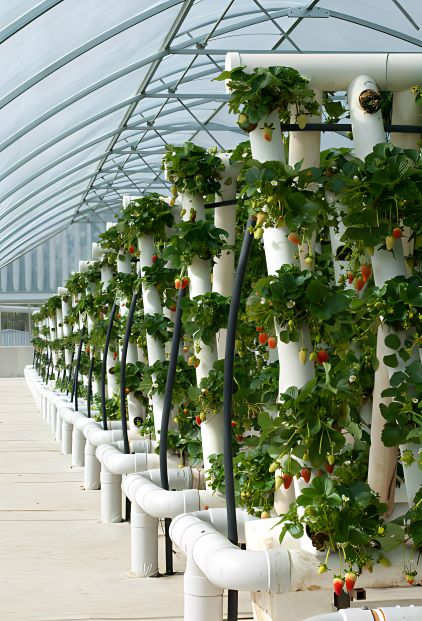
Table of Contents
Starting a hydroponic garden at home is a rewarding and fulfilling way to grow your own fruits, vegetables, and herbs. Hydroponic gardening uses water and nutrient solutions instead of soil, allowing plants to grow faster and produce higher yields.
Steps to get started with your own hydroponic garden at home:
1. Research and Planning:
Before you begin your hydroponic journey, it’s important to do some research and planning. Learn about hydroponic systems, the required materials, and the plants you want to grow. Consider the space you have available, the amount of sunlight, and the temperature in your home to determine the best setup for your hydroponic garden.
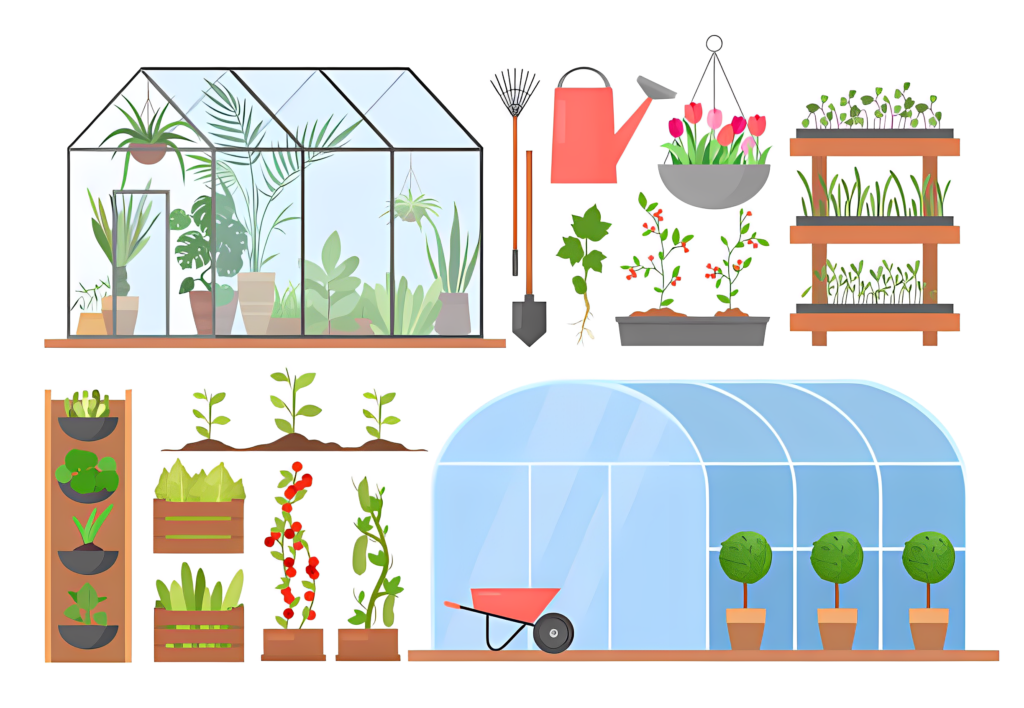
2. Choose a Hydroponic System:
There are several different types of hydroponic systems to choose from, each with its own advantages and requirements. The most common systems for home use include deep water culture, nutrient film technique, and drip systems. Research each type to determine which one will work best for your space and needs.

3. Gather Materials:
Once you’ve chosen a hydroponic system, gather all the necessary materials. This may include a reservoir for the nutrient solution, a pump to circulate the solution, growing trays, net pots or grow cups, growing medium (such as perlite or rockwool), pH testing kit, and nutrients specifically designed for hydroponic systems.
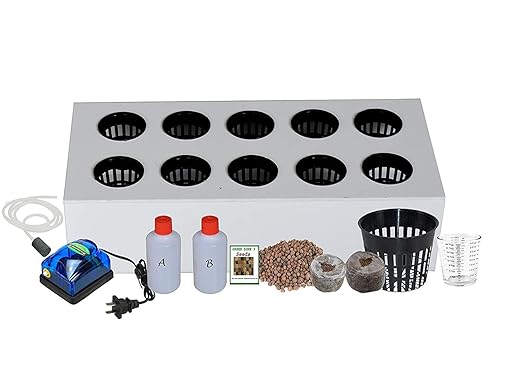
4. Set Up the System:
Set up your hydroponic system according to the manufacturer’s instructions or any resources you have used for guidance. Make sure to place the system in an area with sufficient light and a stable temperature, as these factors are crucial for healthy plant growth.
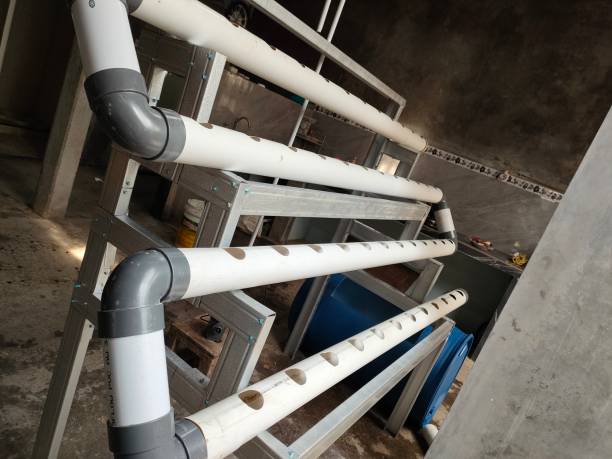
5. Start Seedlings or Transplants:
You can start your plants from seeds or purchase transplants from a nursery. Plant the seedlings or transplants into the growing medium within the net pots and place them in the growing trays. Ensure that the roots of the plants are in contact with the nutrient solution and that the solution is aerated.
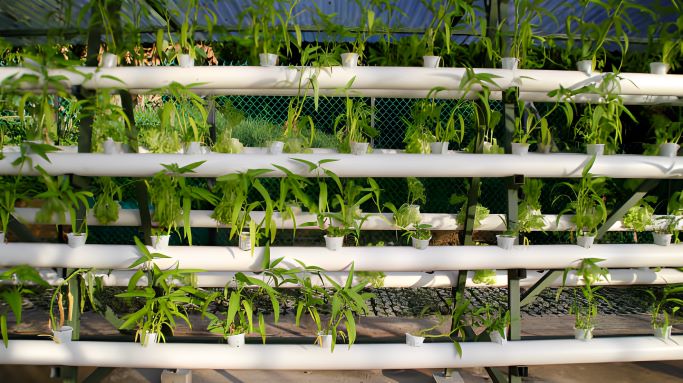
6. Maintain the System:
Regular maintenance is crucial to the success of your hydroponic garden. This includes monitoring the pH levels of the nutrient solution, ensuring that the pump is functioning properly, and replacing the solution on a regular basis. You will also need to monitor the growth of your plants and adjust the height of the lights to ensure proper light exposure.
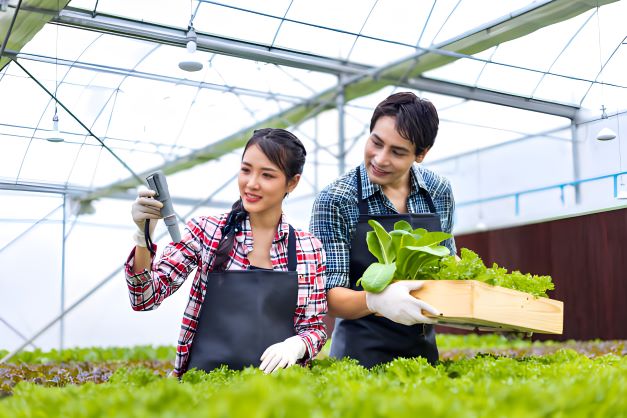
7. Harvest and Enjoy:
With proper care and maintenance, your hydroponic garden will provide a bountiful harvest of fresh, nutritious produce. Once your plants have reached maturity, harvest the fruits, vegetables, or herbs and enjoy the delicious, homegrown produce.
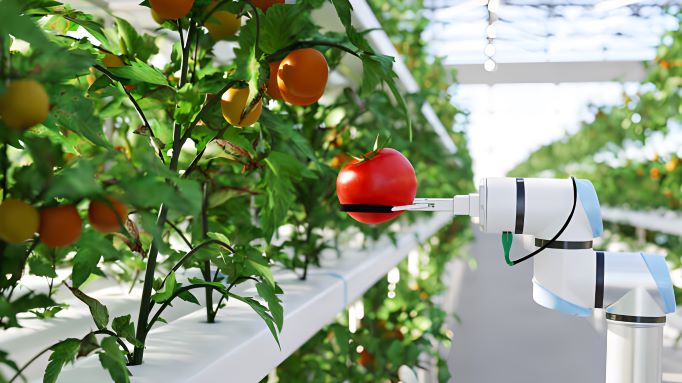
Starting a hydroponic garden at home is an exciting and innovative way to grow your own food. With the proper research, planning, and care, you can create a thriving hydroponic garden that provides you with a continuous supply of fresh, healthy produce.
Some of the most suitable plants for growing in a hydroponic garden at home
Lettuce – Lettuce is a popular choice for hydroponic gardening due to its relatively quick growth cycle and minimal maintenance requirements. It requires a pH of 5.5-6.5 and a nutrient solution that is high in nitrogen, potassium, and calcium.
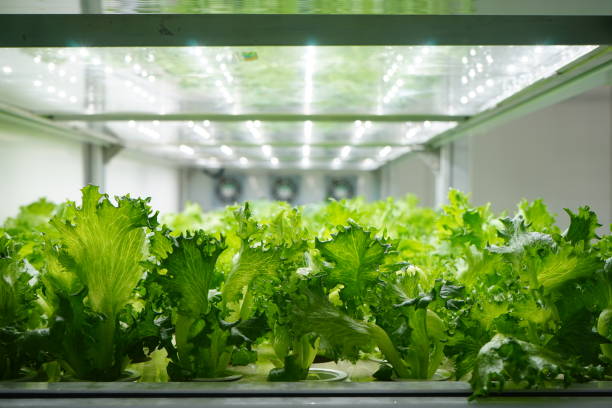
Tomatoes – Tomatoes can also be grown in a hydroponic garden, but they require more attention and maintenance compared to other plants. They require a pH of 6.0-6.5 and a nutrient solution that is high in potassium and calcium.
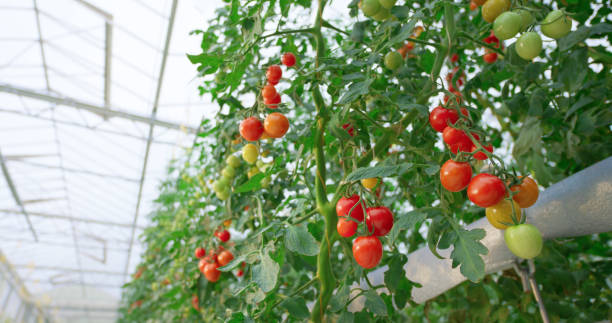
Peppers – Peppers, including bell peppers and chili peppers, can thrive in a hydroponic environment as long as they are provided with the right conditions. They require a pH of 5.5-6.2 and a nutrient solution that is high in potassium and magnesium.
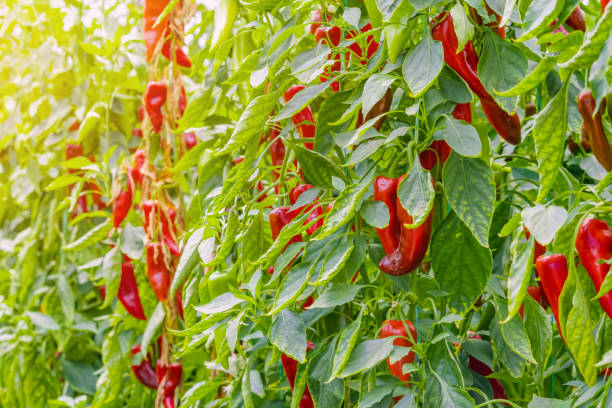
Herbs (such as basil, mint, and cilantro) – Herbs thrive in a hydroponic environment and can be grown with minimal space and effort. They require a pH of 5.5-6.5 and a nutrient solution that is well-balanced and rich in micronutrients.

In general, successful hydroponic gardening requires maintaining the correct pH levels and providing the appropriate nutrient solution for each type of plant. It is also important to monitor and control factors such as temperature, humidity, and light levels to ensure optimal growth and fruit production. Additionally, regular pruning and maintenance of the root system are necessary to prevent any issues or disease.
Essential materials and equipment needed to start a hydroponic garden at home

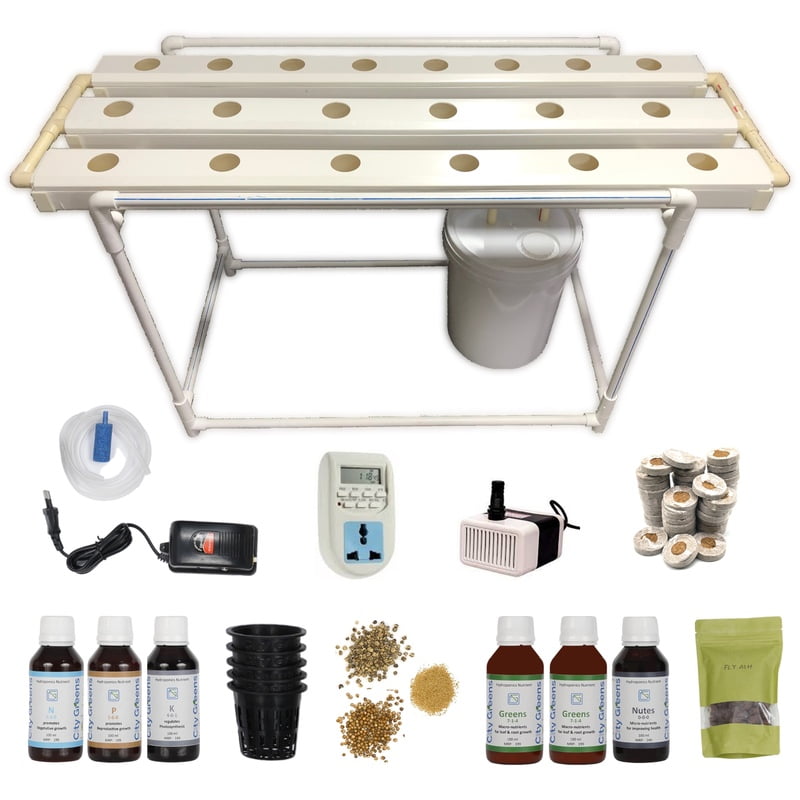
- Growing containers: These can be obtained from gardening stores or online retailers. Some popular options include nutrient film technique (NFT) channels, deep water culture (DWC) containers, and drip systems.
- Growing medium: Common options for hydroponic growing include perlite, vermiculite, coconut coir, or rockwool. These can be obtained from gardening stores or online retailers.
- Nutrient solution: Hydroponic nutrient solutions are essential for providing plants with the necessary minerals and nutrients. These can be purchased from hydroponic supply stores or online.
- pH testing kit: It’s important to monitor and adjust the pH of the nutrient solution regularly. pH testing kits can be found at gardening stores or online.
- Growing lights: Since hydroponic gardens are often grown indoors, it’s important to have adequate lighting. LED grow lights are popular options and can be purchased from gardening stores or online.
- Water pump and air pump: These are used to circulate the nutrient solution and provide oxygen to the roots. They can be found at hydroponic supply stores or online.
- pH adjusters: These are used to maintain the optimal pH level of the nutrient solution. They can be purchased from gardening stores or online.
- Seeds or seedlings: These can be obtained from gardening stores, online seed suppliers, or by saving seeds from your existing plants.
It’s important to note that the specific materials and equipment needed may vary depending on the type of hydroponic system you choose to use. It’s also important to do thorough research and consider consulting with experts before starting a hydroponic garden at home.
Nutrient Requirements
For lettuce, the specific nutrient requirements are as follows:
- Nitrogen (N) for leafy growth
- Phosphorus (P) for root development
- Potassium (K) for overall plant health
- Calcium (Ca) for cell wall structure
For cherry tomatoes, the specific nutrient requirements are as follows:
- Nitrogen (N) for leafy growth and stem development
- Phosphorus (P) for flower and fruit production
- Potassium (K) for overall plant health
- Calcium (Ca) for cell wall structure
For herbs, the specific nutrient requirements can vary slightly for each type of herb
- Generally, the nutrient requirements for basil, cilantro, and mint are similar to that of lettuce, with a focus on nitrogen for leafy growth and potassium for overall plant health.
Note: The nutrient requirements may vary depending on the specific variety of each plant. It’s recommended to research the specific nutrient needs of each plant and adjust the nutrient solution accordingly.
Individuals can set up and maintain a suitable environment for their hydroponic garden by considering the following factors:
- Lighting: Hydroponic plants require adequate lighting for photosynthesis to occur. Individuals can set up grow lights, such as high-intensity discharge (HID) lights, LED lights, or fluorescent lights, to provide the necessary light for their plants. It is important to position the lights at the correct distance from the plants to ensure proper coverage and to adjust the light schedule to mimic natural daylight.
- Temperature: Maintaining the right temperature is crucial for the success of a hydroponic garden. Most plants thrive in temperatures between 65-80°F (18-27°C). Individuals can use heaters or air conditioners to regulate the temperature within the growing area. It is also important to monitor the temperature regularly to ensure it remains within the optimal range.
- Humidity: Hydroponic plants require a certain level of humidity to thrive. Individuals can use a humidity monitor and humidifier or dehumidifier to adjust the humidity levels as needed.
- Air circulation: Good air circulation is essential for preventing mold and mildew and for ensuring that carbon dioxide is distributed evenly to the plants. Individuals can use fans or an air circulation system to maintain good airflow within the growing area.
- Nutrient solutions: Hydroponic plants require a balanced nutrient solution to grow and thrive. Individuals can use a pH meter and a TDS (total dissolved solids) meter to monitor and adjust the nutrient solution regularly. It is important to follow the instructions provided with the nutrient solution and to ensure that the plants are receiving the appropriate levels of essential nutrients.
By carefully monitoring and adjusting these factors, individuals can set up and maintain a suitable environment for their hydroponic garden, ensuring the healthy growth of their plants.
A Bonus Guide – Thriving Cucumbers: A Comprehensive Guide to Hydroponic Cucumber Growing
Growing cucumber in a hydroponic garden at home can be a rewarding and easy way to produce fresh and healthy vegetables.
Here is a step-by-step guide on how to grow cucumbers using hydroponics:
1. Selecting the right cucumber variety: There are many different types of cucumbers that can be grown in a hydroponic system. Some popular varieties include Marketmore, Straight Eight, and Lemon cucumbers. Choose a variety that suits your taste and space requirements.

2. Set up a hydroponic system: There are different types of hydroponic systems, such as deep water culture, nutrient film technique, and drip systems. Choose a system that suits your space and budget. You can purchase a ready-made hydroponic kit or build your own system using basic materials such as PVC pipes, containers, and nutrient solution.
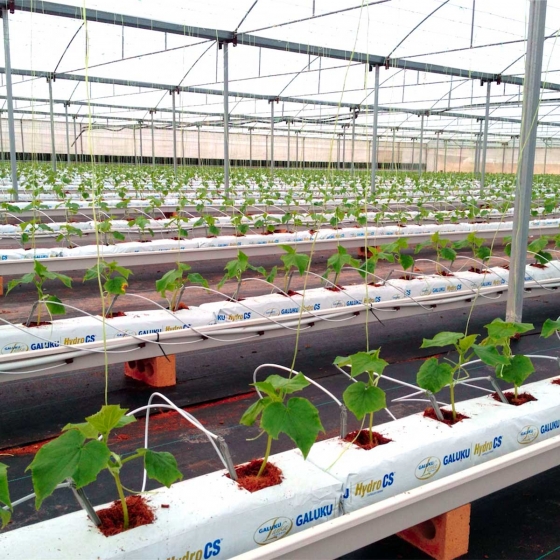
3. Seed germination: Start by germinating cucumber seeds in a seed tray or small pots filled with a soilless seed starting mix. Keep the soil consistently moist and warm until the seeds germinate, which usually takes 7-10 days.
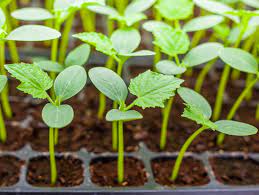
4. Transplanting seedlings: Once the seedlings have grown to a few inches in height and have developed a few true leaves, it’s time to transplant them into the hydroponic system. Carefully remove the seedlings from the seed tray and gently rinse off the soil around their roots. Then, place the seedlings into the growing medium in the hydroponic system, making sure that the roots are fully submerged in the nutrient solution.
5. Provide adequate light and temperature: Cucumbers require at least 6-8 hours of direct sunlight or artificial grow lights each day. Ensure that the temperature in the growing area remains between 70-85°F (21-29°C) for optimal growth.
6. Maintain nutrient levels: Cucumbers, like all hydroponically grown plants, require a balanced nutrient solution to thrive. Purchase a hydroponic nutrient solution specifically formulated for vegetables and follow the manufacturer’s instructions for mixing and application.
7. Pollination: Cucumbers are usually pollinated by bees in traditional outdoor gardens. However, in an indoor hydroponic setting, it may be necessary to hand-pollinate the cucumber flowers. Gently shake the flowers or use a small paintbrush to distribute the pollen from the male flowers to the female flowers.
8. Pruning and trellising: As the cucumber plants grow, they will need support to keep the vines off the ground. Consider installing trellises or stakes to support the growing plants and help them produce straight, healthy cucumbers. Pruning the plants by removing unwanted shoots and leaves will also help improve air circulation and reduce the risk of diseases.
By following these steps, you can successfully grow cucumbers in a hydroponic system at home. Not only will you enjoy a bountiful harvest of fresh cucumbers, but you’ll also have the satisfaction of knowing that they were grown using a sustainable and efficient growing method. Happy growing!
Frequently Asked Questions
Hydroponics is a method of growing plants without soil, using nutrient-rich water to deliver the essential nutrients directly to the plant’s roots.
Some benefits of hydroponic gardening include faster growth rates, higher yields, and the ability to grow plants in smaller spaces. It also requires less water and reduces the risk of pests and diseases.
You will need a few key items to start a hydroponic garden at home, including a growing container, growing medium, nutrient solution, water, and lighting.
You can grow a wide variety of plants in a hydroponic garden, including vegetables, herbs, flowers, and even fruit-bearing plants. Some popular choices include lettuce, tomatoes, peppers, and herbs like basil and mint.
Yes, hydroponic gardens are versatile and can be set up in a wide variety of spaces, including indoors, on a balcony, or in a backyard. You just need to ensure that the environment provides adequate lighting and temperature control.
The amount of time required to maintain a hydroponic garden depends on the size and complexity of your setup. Generally, you will need to monitor the nutrient levels, pH balance, and water levels regularly, as well as prune and harvest your plants as they grow.
The initial setup costs for a hydroponic garden can vary depending on the size of your setup and the equipment you choose. However, the long-term savings on water and the potential for higher yields often make hydroponic gardening a cost-effective option.
It’s not recommended to use regular tap water in a hydroponic system, as it may contain minerals or chemicals that could harm your plants. It’s best to use filtered or distilled water to ensure the health of your plants.
Like any type of gardening, hydroponic gardening does come with its own set of challenges. You may need to troubleshoot issues such as nutrient deficiencies, water imbalances, or pests. However, with proper research and knowledge, these challenges can be managed effectively.
There are many online resources, forums, and communities dedicated to hydroponic gardening where you can find support, advice, and inspiration from experienced growers. Additionally, local gardening groups or hydroponic stores may offer workshops or classes to help you get started.





























